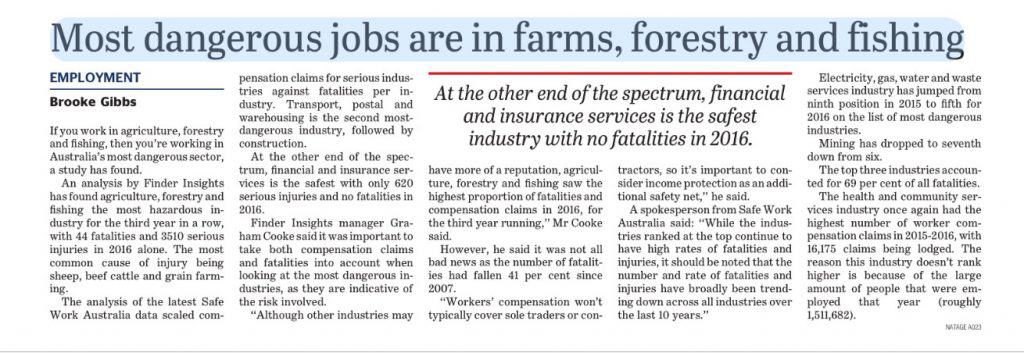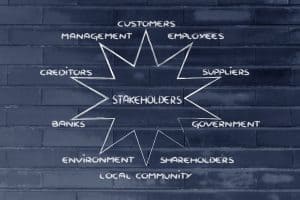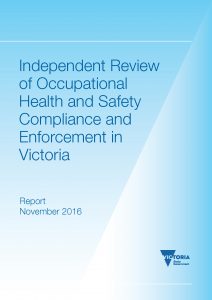Every couple of months, after the release of official workplace fatality figures and serious injury, the Australian media reports the three most dangerous industries as Agriculture, Fishing and Forestry. The latest article appeared in Australia’s Fairfax Media on 17 January 2018. It is good that occupational health and safety (OHS) is gaining attention. When so little media attention is given, any publicity is useful.
However this type of article also presents some negatives, including that it may be only representing 60% of all workplace fatalities and serious injuries.


 In 2018,
In 2018,  A crucial element in achieving the aims of the independent review into WorkSafe Victoria, as discussed in an
A crucial element in achieving the aims of the independent review into WorkSafe Victoria, as discussed in an  One online news site
One online news site
 On 12 December 2017, part of Australia’s screen and television industry held a forum in Sydney about sexual harassment in the sector and what could be done to reduce this workplace hazard. This initiative occurred a day before an
On 12 December 2017, part of Australia’s screen and television industry held a forum in Sydney about sexual harassment in the sector and what could be done to reduce this workplace hazard. This initiative occurred a day before an 